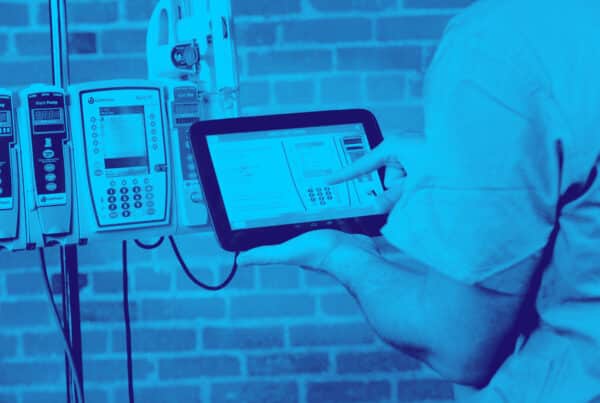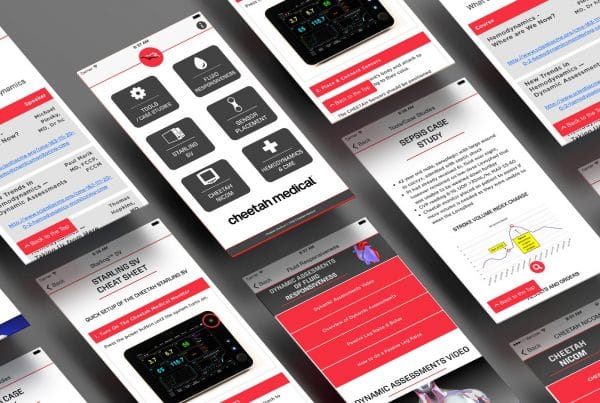The “Bring Your Own Device” (BYOD) revolution is gaining momentum, and some schools are taking advantage of the new easy outlet for productivity and engagement as well as custom software development for the classroom.
There is a trend emerging between personal technology and the business world as well, and it’s beginning at a younger age than ever before. Even elementary schools are starting to encourage students to bring laptops, tablets and smartphones to facilitate eLearning development in the classroom, according to Georgia’s WLTZ. Local schools are allowing technology to facilitate research, self-assessment, and even creating videos or instructional pieces for classmates and teachers.
Programs are already in place that cater to completely distance-based K-12 learning. The International Association for K-12 Online Learning (INACOL) says that 30 states have full-time school programs entirely online with about 40,000 to 50,000 students currently attending. They also included that 40 states have web-based learning courses available to all students, meaning that the eLearning development field has a strong base to build on when it comes to creating courses for use in the classroom and at home. Currently there are some schools that have their own curriculum, but INACOL noted that of those with high school-level classes, 75 percent of schools said that courses were provided by a college, university or a third party developer.
They also note in the WLTZ report that eBooks are being used in place of traditional textbooks in some cases, on trend with a Pew Internet study showing that a fifth of Americans are already using this technology outside of a learning environment. Incorporating portable learning solutions like this not only helps students but provides schools extra money saving benefits. INACOL sited from a review by The Fordham Institute that incorporating online courses saves on average $1,100 per student each year compared to those who are only provided a traditional educational experience.
Moving toward mobile app development seems logical to schools when teens are already using their phones to send upwards of 60 texts a day, according to Pew Internet survey. Of these, almost a third of 14- to 17-year-olds have a smartphone, allowing them to participate in eLearning scenarios from their phones. Overall, more than 75 percent of teenagers have a cellphone of some kind, making mobile app development for learning scenarios particularly valuable to this age group.
According to Time magazine, some teachers are already taking the leap and trying to engage students by texting during the class. A service called Celly allows teachers to poll students and they in turn can comment or provide feedback during the course, as well as contact teachers outside the classroom if they need assistance with material or have additional questions.
“The shy kids don’t like to talk during regular group discussions, but they’re really active on Celly,” said English teacher Joseph Gianotti in the Time magazine interview. Gianotti has used the service to get students involved in book and personal discussions like where they want to go to college and how they’re planning for the future.
Incorporating a variety of technologies and allowing students to participate more actively in the learning experience gives schools more options to cut costs and still improve classes. As mobile app development and eLearning development continue to improve in this sector, both students and schools look forward to more BYOD innovations and opportunities.
Contact Stacey Burris at sburris@csesoftware.com or 1.309.670.7595 and ask for an eLearning development demo today!



